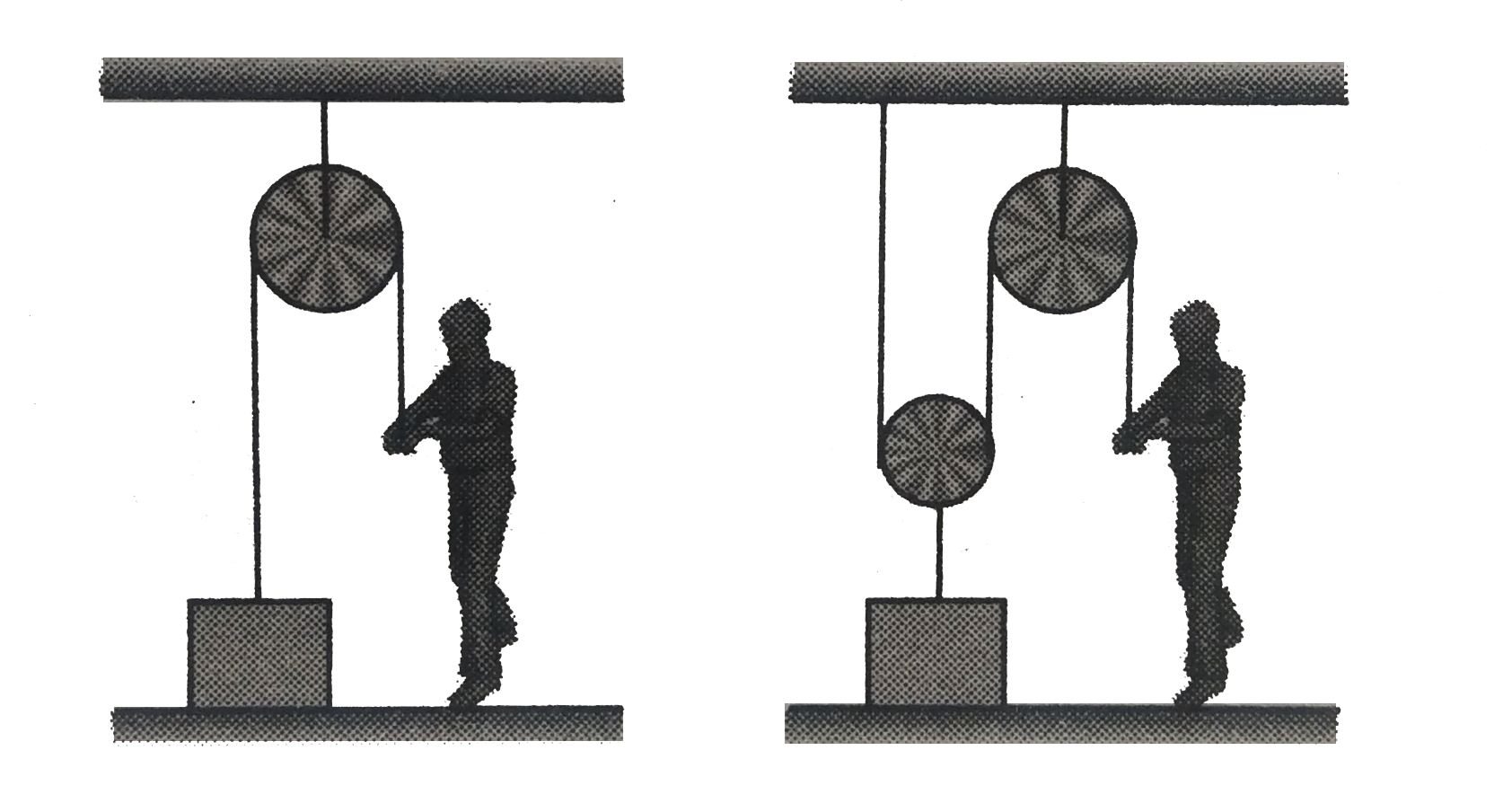Select the correct statement(s).
I. A person receives more injury when he fall on hard rock as compared with that when he falls on a cushion.
II. In the first case, time of reaction is more.
III. In the first case, time of reaction is less.
IV. It is a case involving impulse.
I and II are correct
I and II are correct
I, III and IV are correct
I, II and IV are correct
The correct Answer is:C
To solve the question, let's analyze each statement one by one:
Step 1: Analyze Statement I
Statement I: A person receives more injury when he falls on hard rock as compared with that when he falls on a cushion.
- Explanation: When a person falls on a hard surface like rock, the deceleration is very rapid, leading to a high force exerted on the body in a short time. This results in more severe injuries. On the other hand, a cushion absorbs some of the impact and allows the person to decelerate more gradually, resulting in less injury.
- Conclusion: This statement is correct.
Step 2: Analyze Statement II
Statement II: In the first case, time of reaction is more.
- Explanation: The time of reaction refers to the time taken for the body to come to rest after hitting the surface. In the case of a hard surface, the time taken to stop is very short because the deceleration is abrupt. Therefore, the time of reaction is not more.
- Conclusion: This statement is incorrect.
Step 3: Analyze Statement III
Statement III: In the first case, time of reaction is less.
- Explanation: As explained in the previous step, when falling on a hard surface, the time taken to come to rest is indeed less due to the abrupt stop. Therefore, this statement is true.
- Conclusion: This statement is correct.
Step 4: Analyze Statement IV
Statement IV: It is a case involving impulse.
- Explanation: Impulse is defined as the change in momentum, which occurs over a short time when a force is applied. In the case of falling on a hard surface, the change in momentum happens quickly, and thus impulse is involved.
- Conclusion: This statement is correct.
Final Conclusion
After analyzing all the statements:
- Statement I: Correct
- Statement II: Incorrect
- Statement III: Correct
- Statement IV: Correct
Thus, the correct statements are I, III, and IV.
Summary of Correct Statements:
The correct statements are:
- I. A person receives more injury when he falls on hard rock as compared with that when he falls on a cushion.
- III. In the first case, time of reaction is less.
- IV. It is a case involving impulse.
Statement I: A person receives more injury when he falls on hard rock as compared with that when he falls on a cushion.
- Conclusion: This statement is correct.
Statement II: In the first case, time of reaction is more.
- Conclusion: This statement is incorrect.
Statement III: In the first case, time of reaction is less.
- Conclusion: This statement is correct.
Statement IV: It is a case involving impulse.
- Conclusion: This statement is correct.
After analyzing all the statements:
- Statement I: Correct
- Statement II: Incorrect
- Statement III: Correct
- Statement IV: Correct
The correct statements are:
- I. A person receives more injury when he falls on hard rock as compared with that when he falls on a cushion.
- III. In the first case, time of reaction is less.
- IV. It is a case involving impulse.
Similar Questions
Knowledge Check
Assertion : A person receive more injury when he falls from a height on a concrete pavement than when he falls from the same hight on a bed of sand
Reason : The force exerted on the person by the concrete pavement is more than that exerted by the bed of sand .AIf both, Assertion and Reason are true and the Reason is the correct explanation of the AssertionBIf both, Assertion and Reason are true but Reason is not a correct explanation of the AssertionCIf Assertion is ture but the Reason is falseDIf both, Assertion and Reason are falseAssertion: A man who falls from aheight on a cement floor receive more injury than when he falls from the same height on a heap of sand.
Reason: The impulse applied by a cement floor is more than the impulse by sand floor.AIf both assertion & Reason are True & the Reason is a corrrect explanation of the Asserion.BIf both Assertion & Reason are True but Reason is not correct explanation of the Assertion.CIf Assertion is Trie but the Reason is False.DIf both Assertion & Reason are falseTwo bodies of masses, mA and mB, are thrown up simultaneously. With reference to this situation, which of the given statement(s) about these bodies is/are correct?
I. Both bodies fall towards the earth with same acceleration.
Il. The body with heavier mass falls with more acceleration.
III. The acceleration of the bodies in this case is directly proportional to the mass.AOnly IBOnly IIICI and IIIDII and III
Statement-I: Phenol is more reactive than benzene towards electrophilic substitution reaction.
Because
Statement-II: In the case of phenol, the intermediate carbocation is more reasonance stablized.
View SolutionChoose the correct statement(s).
I. Triticum aestivum (wheat) is an artificial hexaploid.
II. Triticale is the first man-made cereal crop.
III. Polyploid individuals carry more than two genome.
IV. Atlas-66 is a biofortified wheat crop.
View SolutionThe correct statements about the survival of the fittest are
I. The term survival of the fittest was coined by Herbert Spencer.
II. Natural selection tends to favour fittest organisms
III. Fittest means more healthy, but sterile.
IV. Survival means less healthy, but sterile.
View SolutionIn the figure shown, a person wants to raise a block lying on the ground to a height h. in both the cases if time required is same then in which case he has to exert more force. Assume pulleys and strings light.

View SolutionIn fig., a person wants to rise a block lying on the ground to a height h. In both the cases, if the time required is same, then in which case he has to exert more force? Assuem pulleys and strigns light.

View Solution
